There’s a place in the Coromandel peninsula where the cultural landscape changes rapidly from rich person’s playground to the domain of a few mantra-humming alternative life-stylers and a motley smattering of foresters, farmers and fishermen. That settlement gives the peninsula its name. North of Coromandel township, you’ll find the peninsula as it was in the 1970s, while to the south (and east) it has developed into a smorgasbord of strip-malls, sundry cafés and restaurants, and over-developed recreational suburbs with their attendant marinas.
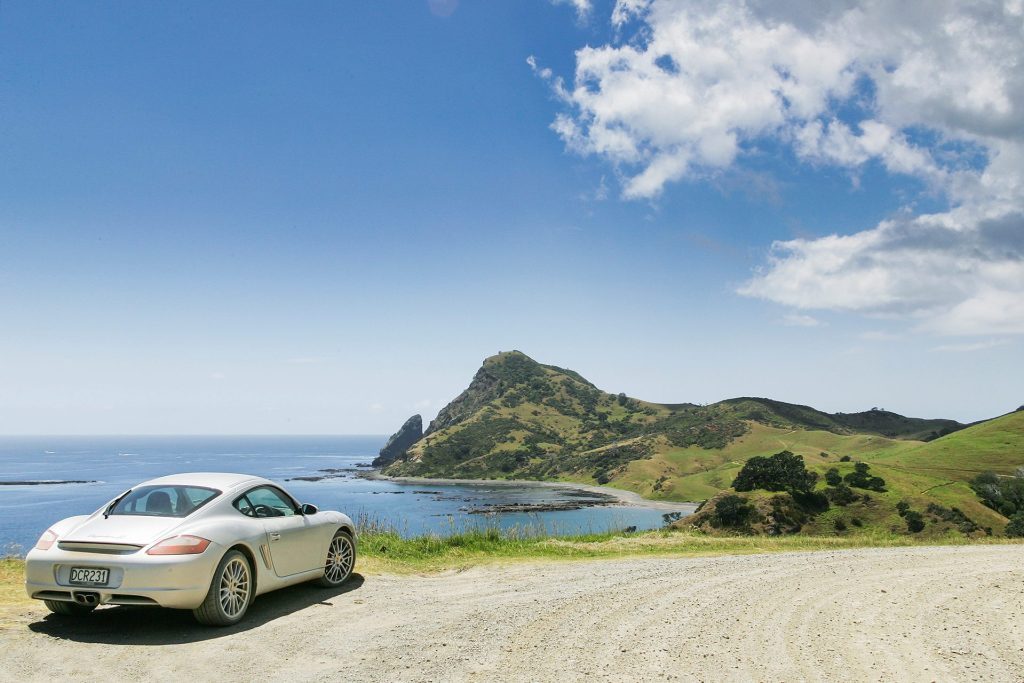
Naturally, you’ll find few Porsches north of this cultural divide. Their usual Coromandel hunting ground is Pauanui, Matarangi, or Opito – places where alternative transport is often the owner’s personal helicopter. Looking for a new angle on the new Cayman sports-coupé that has just reached our shores, we decided to take it to a place where Porsches usually fear to leave a tread-mark: the narrow, winding access road that leads to the peninsula’s northernmost point.
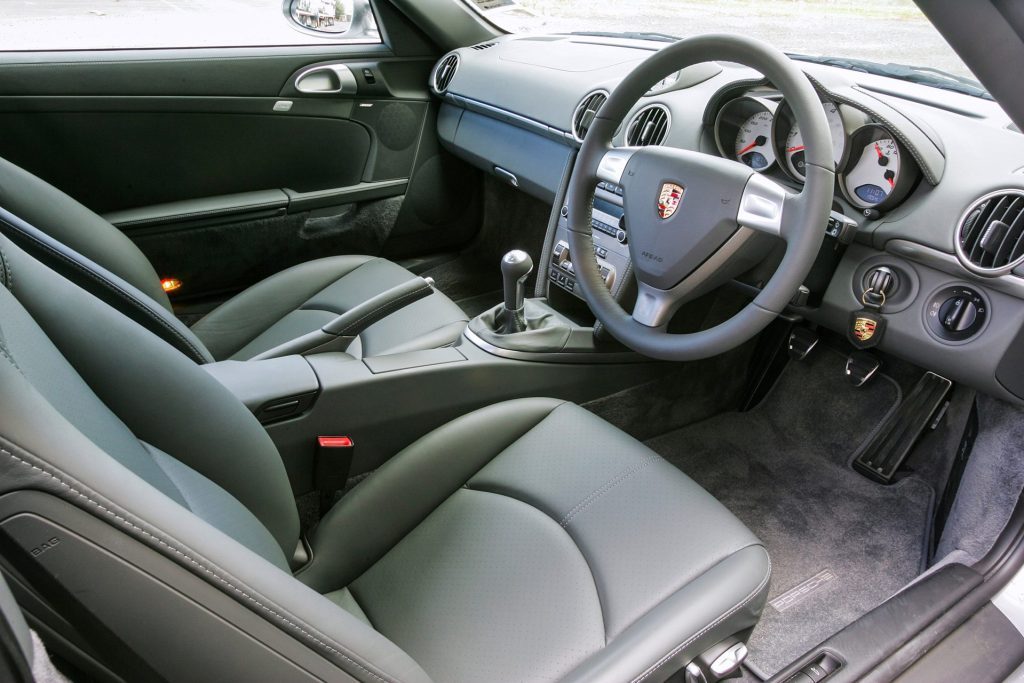
Thanks to its daily mentions during marine forecasts on National Radio, the name, ‘Cape Colville’, is well known to most Kiwis. The forecast “from Bream Head to Cape Colville” was exceptional the day we left Auckland, promising calm seas, light breezes, and fine, sunny weather. However, this was to be no peaceful cruise for the Cayman; the gnarly gravel road to the Cape would ensure as tough a test as any envisaged by the factory’s engineers when they produced their third sports-car model line.
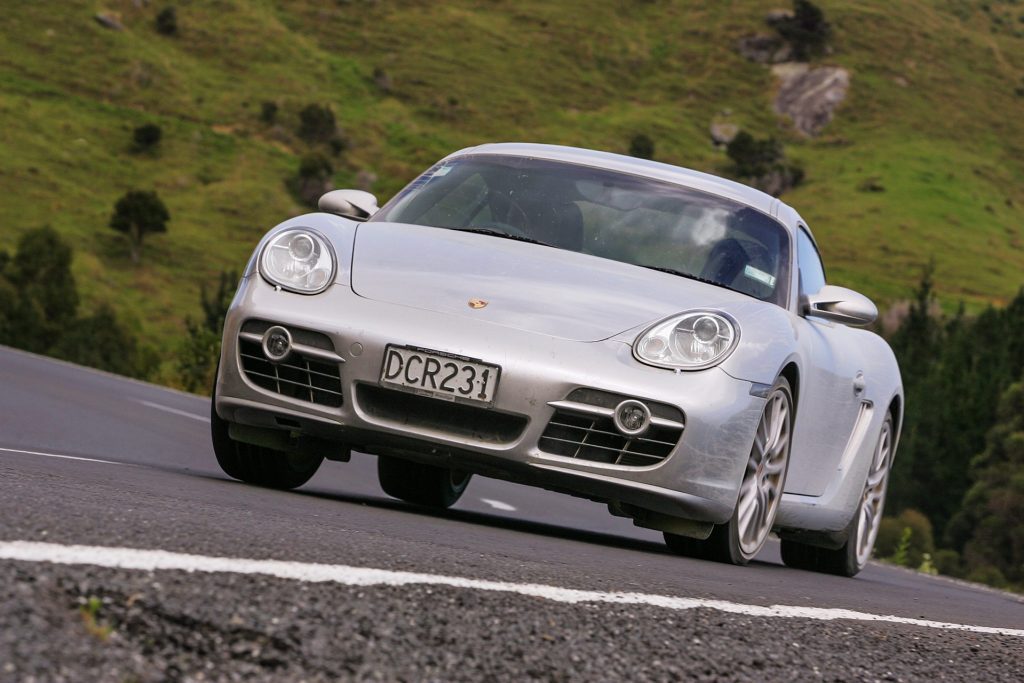
Quite why said engineers went to so much trouble to develop the Cayman isn’t really obvious at first. It’s all too easy, you see. Too easy for Porsche to spin off another sports car using an amalgam of existing Boxster and 911 parts (only 25 per cent of Cayman is new); too easy for Zuffenhausen’s marketeers to plug the $60K gap between the most expensive Boxster and least costly 911 with a car that must have taken a fraction of the budgets of those existing models to create; too easy for said cynics to write off Cayman as a car for those poor souls who find they can neither afford a 911 nor aspire to a Boxster, with its status as the preferred drive of trophy wives.
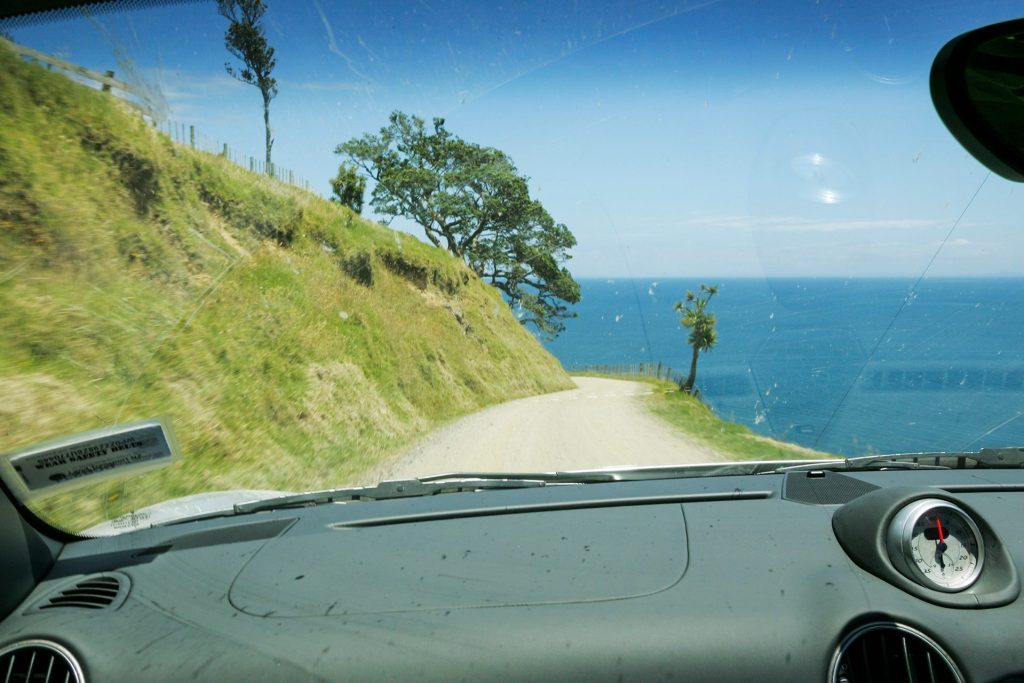
But this initial cynicism is rapidly evaporating as the kilometres roll beneath the Cayman’s wheels in its relentless charge towards the Cape. Even my original objections to its form are left behind with the exhaust fumes and brake dust. Although the car still looks a little ungainly to me from the front three-quarter angle, thanks to the wavy outline created by the car’s exaggerated hips, it is absolutely stunning from all other views. And the reactions of Generation Y’ers are unlike those to any previous Porsche. Where the Boxster belonged to Generation X, and the 911 emerged to be embraced enthusiastically by baby-boomers, the ‘hang loose’ hand-signals of the Y-tribe are confirming that this is their Porsche.
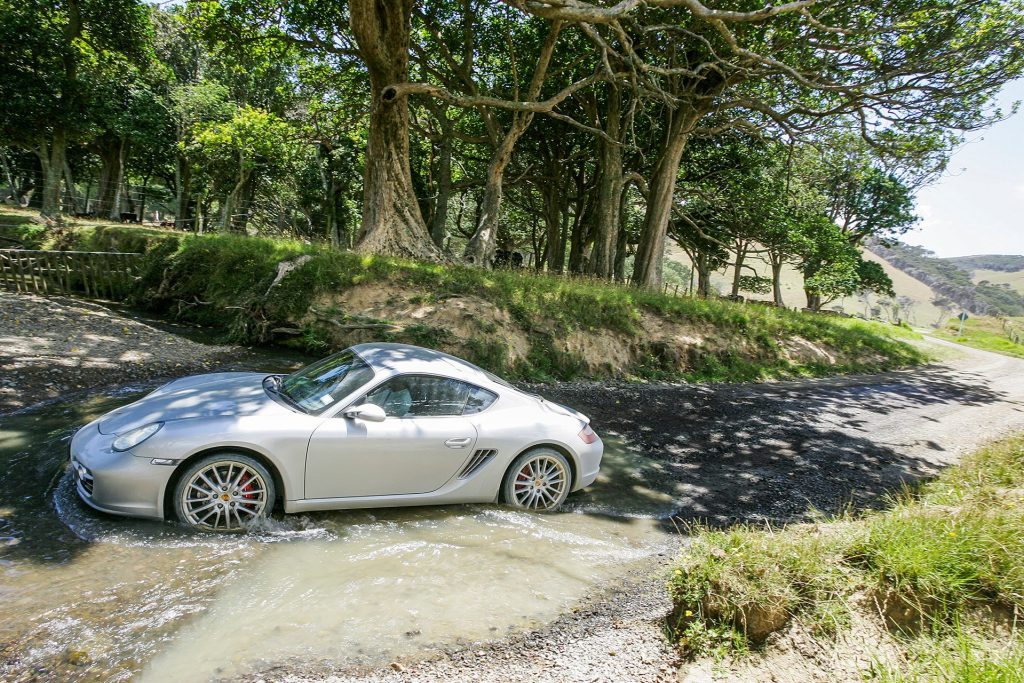
We dive off the ‘killer’ stretch of SH2 at Mangatawhiri onto a back road that reduces traffic – but extends our travelling time – to sample the Cayman’s dynamics in more detail. So far only the Cayman S model is available in New Zealand showrooms, some $155,000-worth of torsionally-rigid muscle. The 3.4 litre boxer engine mounted directly behind the driver punches the car forward with more authority than the $139,900 3.2 version of the Boxster S, and it’s worth paying the extra $15,100 to access the extra performance of the Cayman. We’ve yet to put the recently-upgraded Boxster S to the VBOX sword, but this silver Cayman S easily bested the last Porsche soft-top we tested, with a 5.51-second 0-100km/h sprint compared to 5.96s. And as for 80-120km/h overtaking performance, Cayman proved quicker than even the $240,000 911 Carrera C4S we tested last month, accruing the extra 40km/h in 3.11s instead of 3.18. A saving of $85,000 for a faster car? Sounds like amazing value to us.
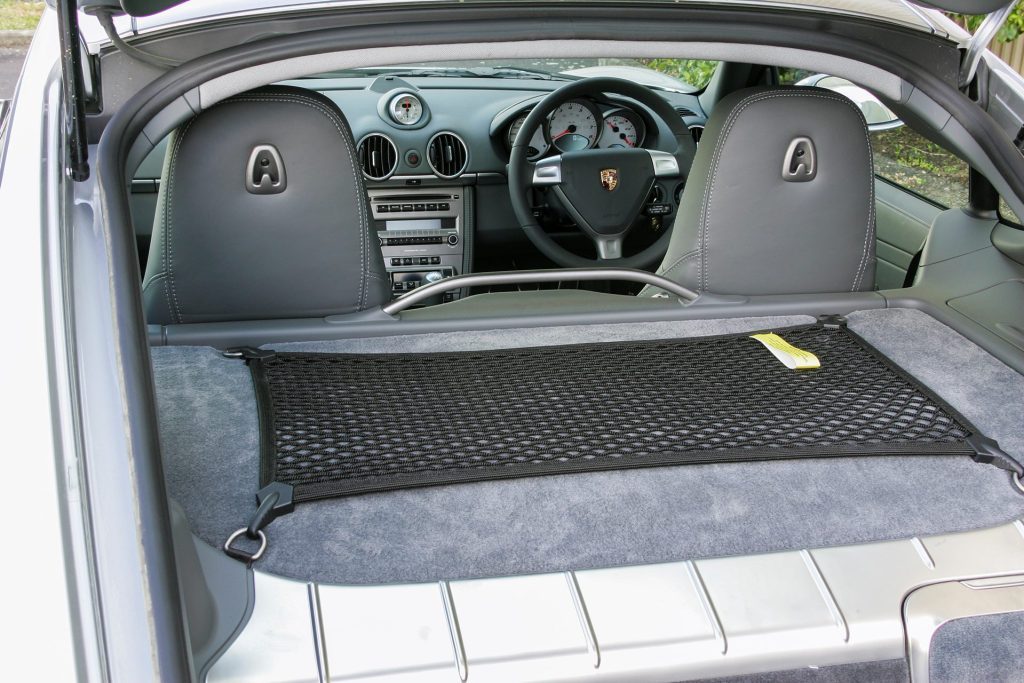
And amazing is how the Cayman sounds, the 3.4 shrieking with the ripping-satin sound effect that is the aural signature of a Porsche sports car. There’s a little déjà vu to be found in the tone and timbre of this middleweight boxer six; it wasn’t so long ago that the 911 had an engine of similar capacity before it moved on to bigger things.
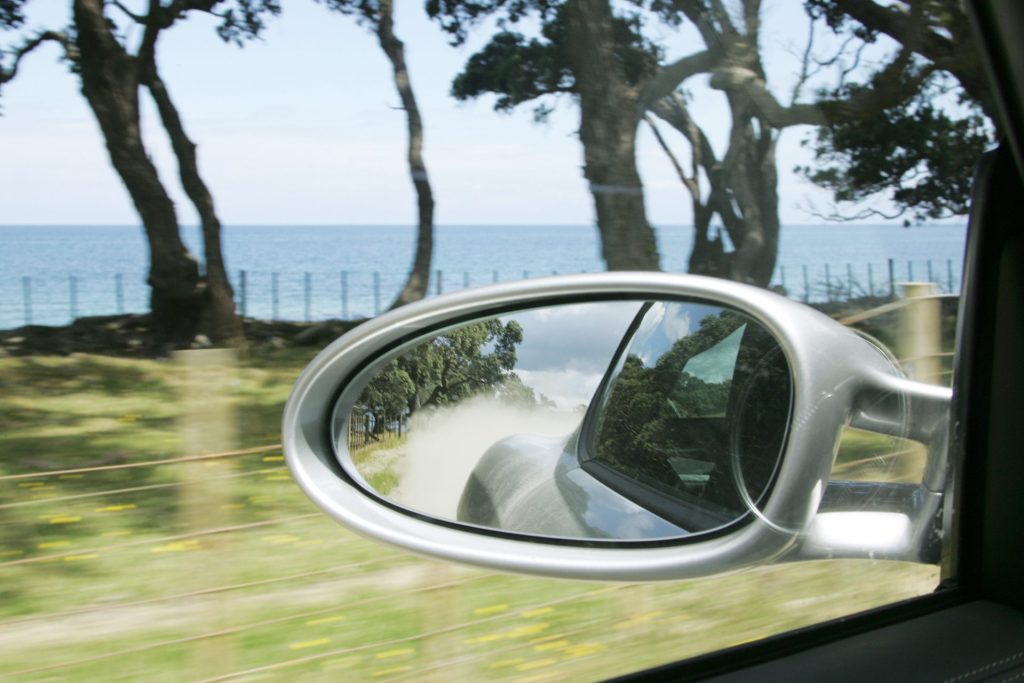
The six-speed manual gearbox possesses Zuffenhausen’s usual slick, easily-manipulated shift action. It has a gate engineered for those in a hurry, and one that is totally idiot-proof. A warning beep alerts the driver when they’ve selected reverse at rest, and the reminder of the gate ensures there is no mistake in gear selection, even when the red mist descends and maximum concentration is being applied to the road ahead. Perfectly-placed pedals encourage the heel-and-toe downshifts favoured by flash-Harry drivers.
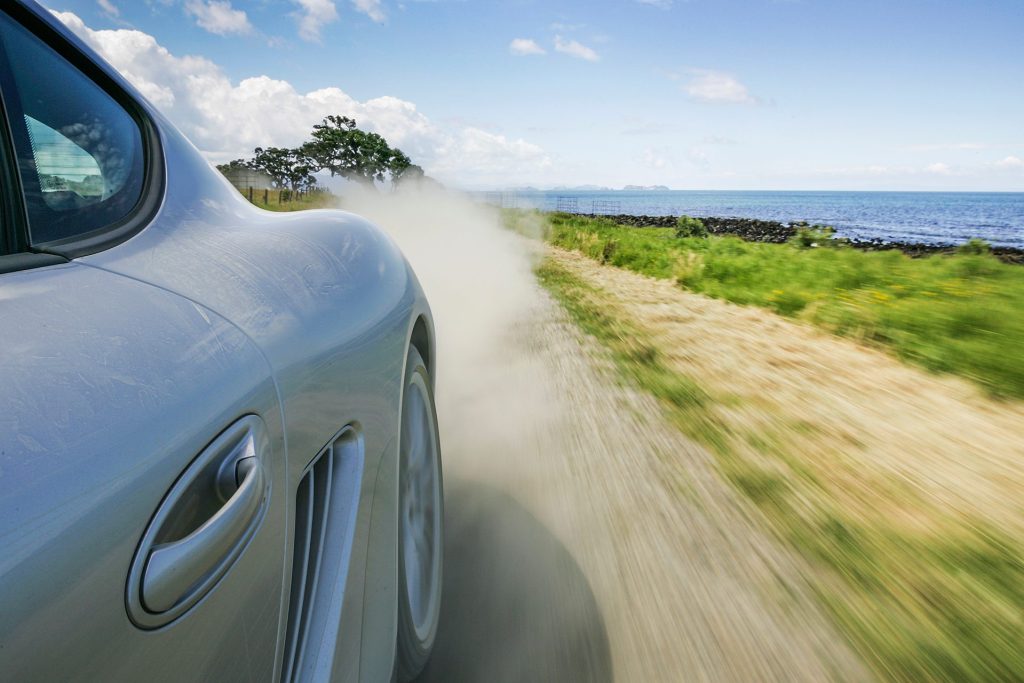
We back off for the usually heavily-policed Hauraki Plains, but still enjoy the willing performance of the powertrain, using just top gear and a handful of revs to accelerate briskly from 90 to 110km/h to pass dawdlers. Cayman certainly offers power-to-weight advantages comparable to the best Porsches.
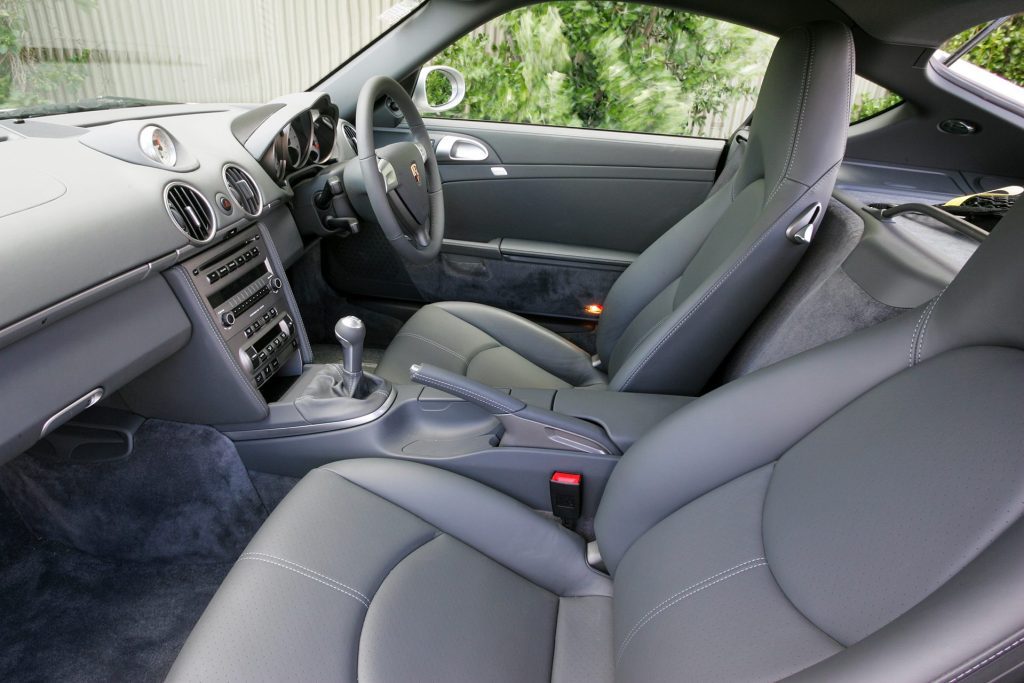
This is equally true when time comes to slow down. Our Cayman S might be freshly landed, but it still produced a stunning 100-0km/h performance when asked to come to a halt in a hurry. The 30.67-metre distance we recorded was just a scant six centimetres from becoming our second most-abrupt stop ever from the legal limit. This wealth of braking power would certainly prove handy later in the day…
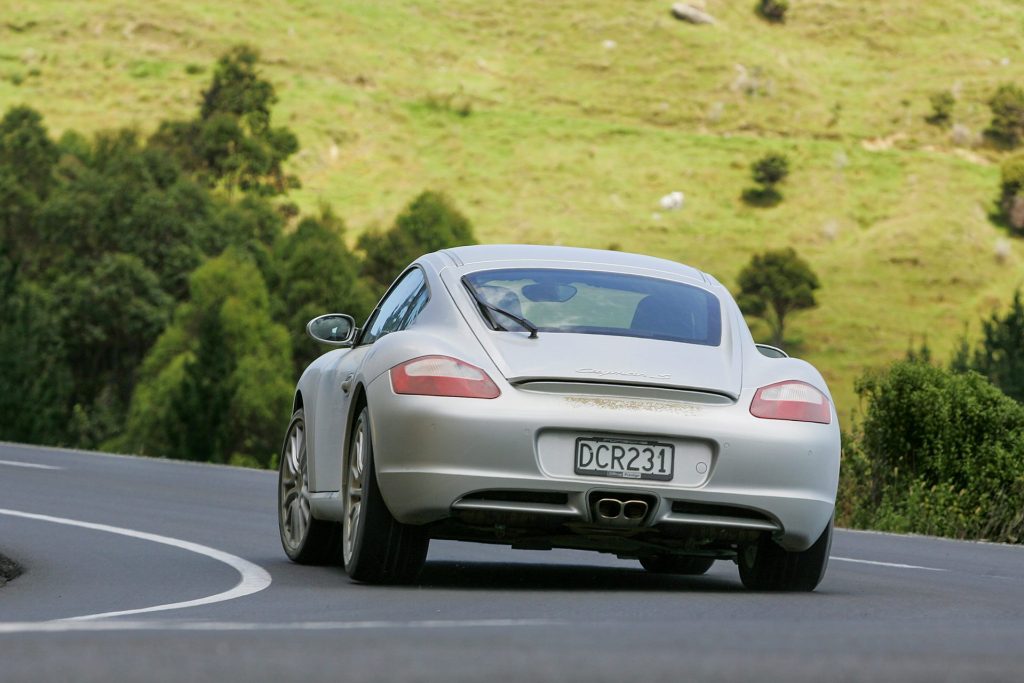
North of Thames, the holiday-season traffic is as thick as the sandflies that hover around your head on a warm summer’s evening in Fiordland. The bumpy, serpentine route towards Coro gives us the opportunity to evaluate the Cayman’s ride quality at moderate open-road speeds. Our sample car is equipped with two option boxes we’d definitely tick as prospective buyers: $4240 19” alloy wheels, and also Porsche’s brilliant $3500 adaptive damping package – for these dampers and the low-profile tyres have extracted few ride-quality penalties at the modest speeds at which we’re now travelling. We average no more than 80km/h from Thames to Coromandel thanks to the traffic, but suffer little hardship in the climate-controlled Cayman cabin, which rides in a firm-but-fantastic manner, and possesses superb seats.
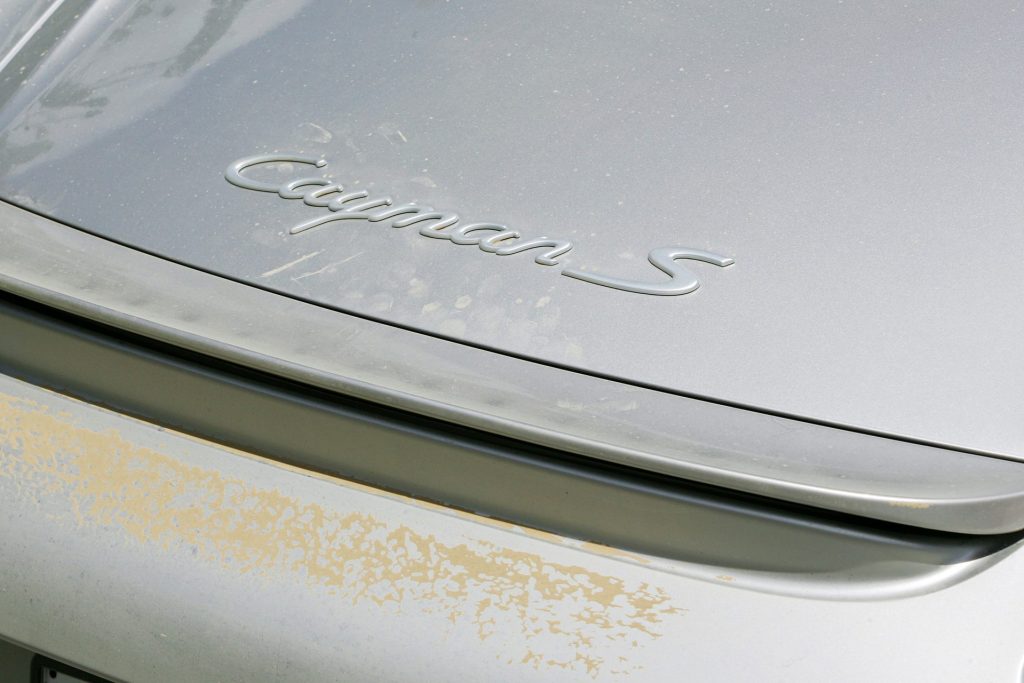
Coromandel seems to have become a Mecca for holidayers when we get there, with parking at a high-season premium. With the turn-off to Kennedy and Mercury Bays safely passed, the traffic suddenly thins, and the Cayman laps up the uncluttered road to Colville like it was born for it.
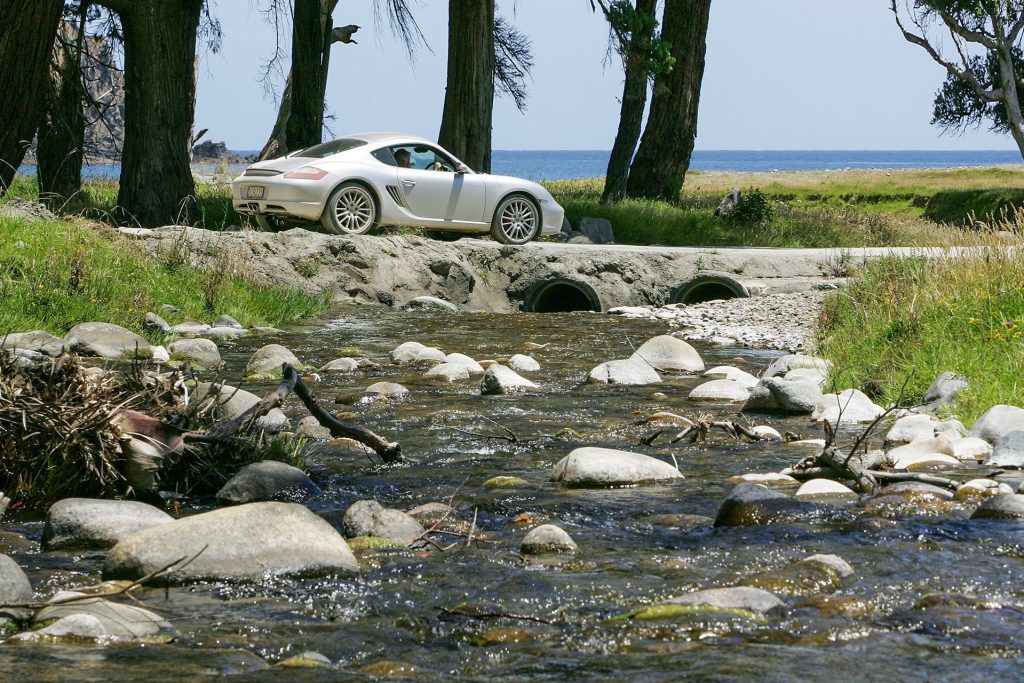
A unique handling persona for this Porsche is ensured by its having greater body rigidity than a Boxster and a more neutral balance than a 911. It’s a car that becomes an extension of the driver’s body to the point where its cornering qualities compare with the best mid-engined supercars that the market can currently offer. It turns in with alacrity, and grips like a kid enjoying his first roller-coaster ride. Such is the benign experience the Cayman offers when bend-swinging, I extinguish the Porsche Stability Management system to explore the limits of the master corner-carver further. The PSM-dormant setting really moves the driver to centre stage in the cornering performance, allowing the car to be steered with the throttle. The tight, twisting road to Colville is full of surprises, yet the Cayman never drifts more than a few centimetres off line. Understeer is quickly overcome with a prod of the right foot that swings the tail wide. When this oversteer gets a little too leery for the electronic sentries, the PSM reactivates itself briefly to help the driver regain control. With Cayman, Porsche has managed to balance fail-safe handling with the grin factor perfectly.
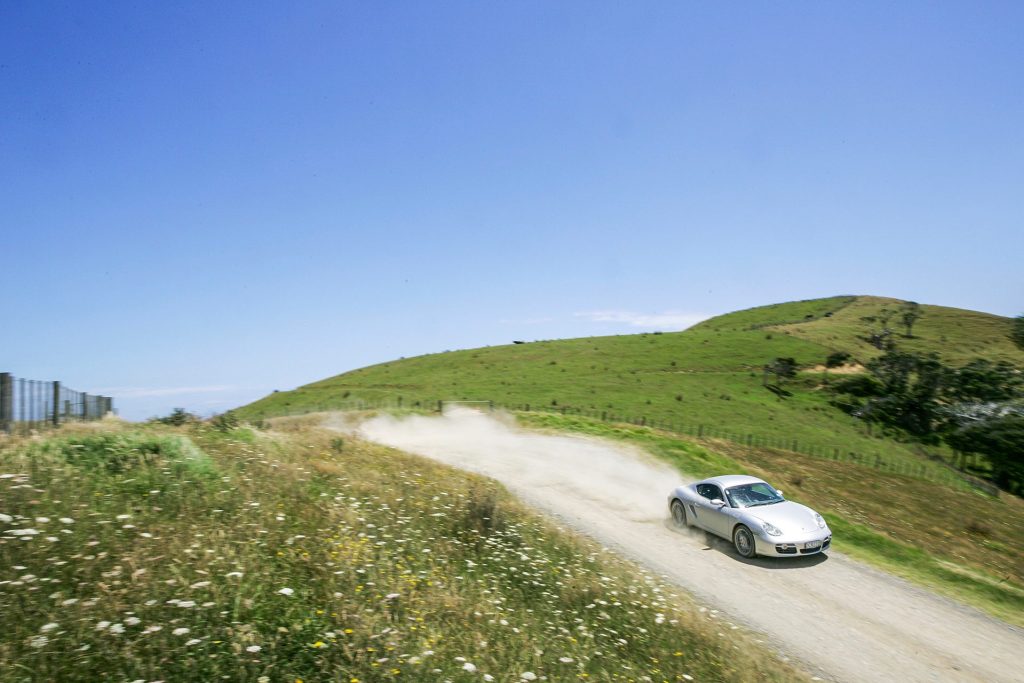
The statement holds true even when the surface beneath the fat tyres of the Porsche changes rapidly from grippy tarmac to pothole-infested gravel. We’ve just encountered the road from Colville to the Cape – which, while not the roughest gravel track to be found in New Zealand, is quite demanding, with its narrow confines, camber drop-aways and blind-corner entries. Of the Porsche sports-car range, Cayman is perhaps the best for this out-of-comfort-zone mission. The neutral weight balance is a godsend on the sudden camber changes, the transition to oversteer less abrupt than it would be in a 911 (we’ve left the PSM off because it would be having a spaz with all the wheel spin). And a Boxster would be struggling to keep all the dust out of the cabin.
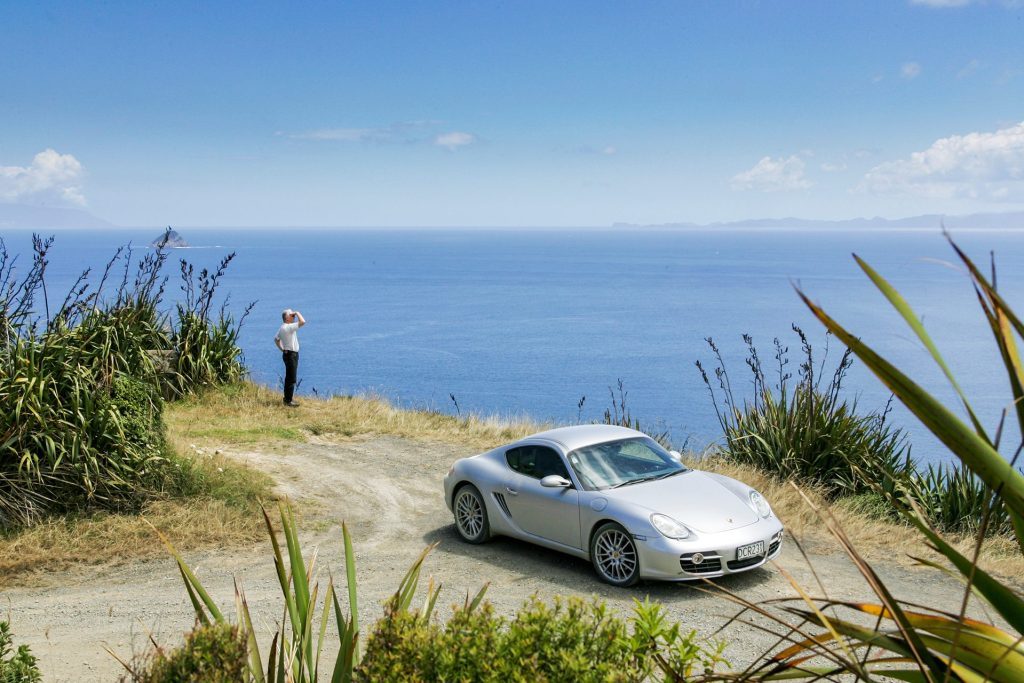
So while Cayman passed the Cape Colville test with flying colours, its greatest challenge on this drive was still to come. Approaching SH1 via a favourite back road, we round a blind corner at speed to be confronted by huge herd of dairy cows. The eyes of the farmer on the quad bike in the middle of the road widen with surprise at the Porsche rapidly bearing down on him. Yet the Cayman pulls up with metres to spare, the well-calibrated ABS system leaving two curving lines of black rubber around the second half of the bend. The farmer beams a smile of utter relief. Yes, Cayman’s definitely a real Porsche. But you probably already knew that.
| Model | 2006 Porsche Cayman S |
| Price | $155,000 |
| Engine | 3387cc, B6, EFI |
| Power | 217kW/340Nm |
| Drivetrain | 6-speed manual, RWD |
| Fuel Use | 10.6L/100km |
| 0-100km/h | 5.51sec |
| Weight | 1407kg |


